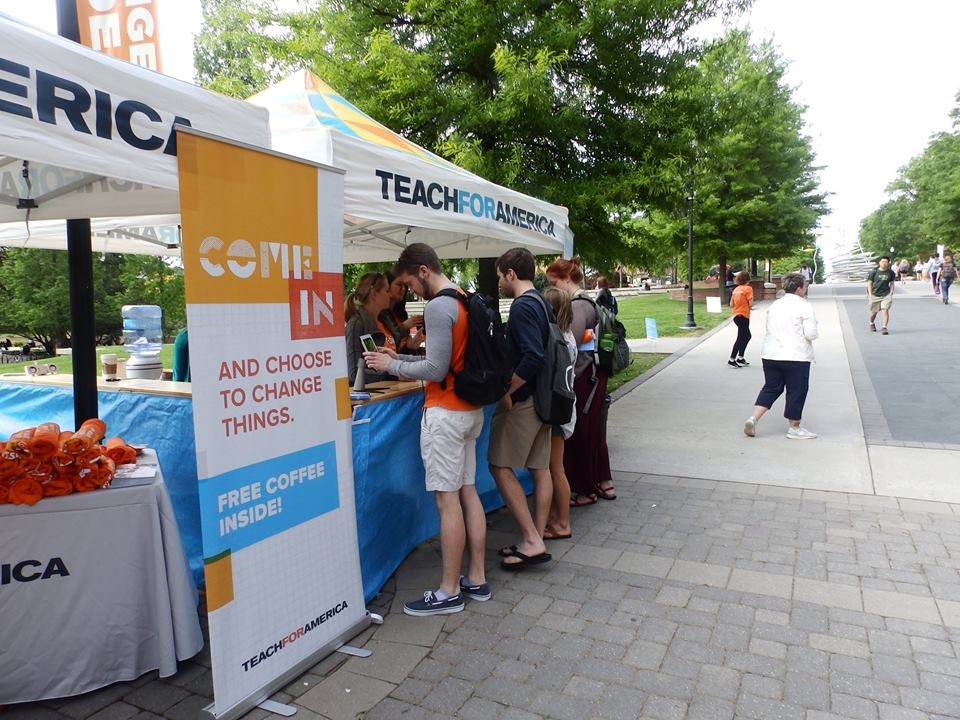
Apr 14, 2016 12:00:00 AM
Elisa Villanueva Beard is the chief executive officer of Teach For America. Elisa’s journey with Teach For America started as a 1998 corps member in Phoenix. She joined the staff in 2001 to lead the organization’s work in her hometown in the Rio Grande Valley of South Texas. Four years later, she became chief operating officer, leading Teach For America’s field operations as the organization expanded from 22 to 48 regions, growing its network from 12,500 to more than 43,000 leaders in 2013 while improving student outcomes each year. In 2015, Elisa became chief executive officer of Teach For America. Today, under her leadership, Teach For America impacts hundreds of thousands of students each year in some 2,500 schools across the country. The Teach For America network of 65,000 leaders is working inside and outside the education field to ensure that all children have the access and opportunity to reach their full potential and achieve their dreams. Elisa holds a B.A. in sociology from DePauw University. She sits on the boards of the Holdsworth Center and Leadership for Educational Equity. She lives in Houston with her husband, Jeremy, and their four sons.
The story you tell yourself about your own math ability tends to become true. This isn’t some Oprah aphorism about attracting what you want from the universe. Well, I guess it kind of is, but...
If you have a child with disabilities, you’re not alone: According to the latest data, over 7 million American schoolchildren — 14% of all students ages 3-21 — are classified as eligible for special...
The fight for educational equity has never been just about schools. The real North Star for this work is providing opportunities for each child to thrive into adulthood. This means that our advocacy...
Your donations support the voices who challenge decision makers to provide the learning opportunities all children need to thrive.
Ed Post is the flagship website platform of brightbeam, a 501(c3) network of education activists and influencers demanding a better education and a brighter future for every child.
© 2020–2024 brightbeam. All rights reserved.
Leave a Comment